RUBBING OFF A PATTERN Like much of my sewing know-how, rubbing off a pattern from an existing garment is something I kinda figured out by myself. I can't, therefore, be certain that my method is the best. I don't know how they teach it at fashion schools. It is, however, effective and useful, so here's how it works for me. (I should also apologize for wandering freely between past tense and present tense in this post; it just seems to happen when I describe a process.) In case you're curious: no, it's not stealing to rub-off a pattern from an existing one. The short explanation is that clothing is utilitarian, and therefore can't be copyrighted, because if it could be that would make a hardship for everyone. The long explanation is here. Now, if I took the label off the original and put it on mine, that would be a trademark violation, but taking the pattern is not. THE COLLAR I started with the collar, because it was easy to get flat. First, I folded it along the Center Back line to get a perfect half (since the collar piece is symmetrical). I laid a piece of muslin on top of it, matching the grain lines, and pinned it. Then I traced the edge of the collar with a pencil, lifting the muslin occasionally to make sure I was getting it right. I figured that, what with the turn of cloth into the seam, if I had to err, it was better to err large than small. In the end, this tracing gave me the shape of the finished collar, not including seam allowances. Then I tidied up my pencil lines with pen, labeled the piece, and marked important features like the grain line and the point where the yoke seam intersected. The picture below shows the newly rubbed-off pattern piece laid on top of the existing collar: THE YOKE To find the Center Back line of the yoke, I folded the whole shirt in half, putting one sleeve inside the other, and pinning the mirrored edges to each other: collar tip to collar tip, corner of yoke to corner of yoke, et cetera. Then I traced out the half-yoke piece the same way I did with the collar. There were no tricky curves or pleats. In the pic below, you can see that I forgot to write "cut 2 on the fold", but the double-arrow thingy at CB is my usual symbol for that. THE FRONT The front was easy. The most important thing was the notes I wrote on there about pocket placement, which side buttons and which side buttonholes, et cetera. This shirt has a fold-over facing, so I marked the position it folds to... obviously I will need to re-draw the pattern-piece with the facing edge added on the side, as it'll be when I cut it out. But no hurry, since I still don't know if it'll fit my brother anyway! THE BACK The only tricky thing about the back was the pleat. I started with the Center Back (on grain) and traced over to the pleat. Then I pleated my muslin fabric to the same pleat, and pinned it. Kept tracing. Not a big hurdle after all! THE SLEEVE The sleeve was three steps. First I flattened the original sleeve so the underarm seam was the bottom edge. Then I traced one side of the sleeve, marked the intersection with the yoke piece, labeled it FRONT. Finally, I folded the muslin over to the other side and did the same to the back. MISUNDERSTANDING BRUMMEL As an aside, can I just say how much I enjoy whimsical clothes for men? I rarely see them in the wild, so to speak: I live in Portland Oregon, the land of hipster conformity of dress, so pretty much every man I see is in either a plaid flannel shirt or a puffy jacket from Columbia or REI. It's like a uniform! Men seem to fear that deviating will brand them as less manly rather than more adventurous.
It seems like ever since Beau Brummel eschewed the flamboyant fashions of the aristocracy the trend in Western culture has been for men to avoid colors if they want to be taken seriously. That's not very fun or interesting; nor, I think, is it a fair understanding of Brummel's style. I used to be part of an online writing forum, and one continual source of amazement was the way that new writers would come with questions like "How can I avoid saying 'said'?" and "Adverbs are bad, right?" The list of proscriptions and silly "rules" was long. Where did these "rules" come from? Mostly they were bastardized off-shoots of perfectly good advice in style guides. The style guide might say "prefer stronger verbs to the use of modifying adverbs, e.g. 'bolt for the door' instead of 'run suddenly for the door'." The newbie writers, afraid of getting it wrong, hyper-corrected to "avoid adverbs entirely"! I think the same thing happened with Beau Brummel's legacy. He was a man with unique style, at odds with the prevailing norms of the centuries leading up to him. When he preferred impeccably tailored plain wool waistcoats over embroidered satin ones al la the ancien regime, he was making a statement about substance over flash, Englishness over Frenchness, self-assurance. But that stuff is subtle and stems from well-developed taste and style. Men who didn't have those things latched on instead to the most obvious points of his dress: plain sober colors, white linens. This peculiar "rule" persists in fashion to this day. Colorful shirts, like t-shirts and aloha shirts, are for weekends and vacations... not for "real life". And while men's officewear is gradually expanding into solid colors, especially for button-down shirts, when was the last time you saw a nice print on anything but a tie? This association of dark colors with seriousness and respectability has even extended to women. Despite the fact that most people look bad in black, "every woman should have a Little Black Dress". Despite the fact that colors make powerful statements, young women entering the professional workforce are still told to avoid color in order to "look professional". (Do an image search for "woman's suit" to see what I mean... a sea of gray, navy, and black, with an occasional pop of color.) A colored shirt is acceptable, as long as the blazer or cardigan is sober. I think it comes down to timidity. The more formal the job/office, the less color is seen. If you don't understand the way clothes work, it's natural to cling to rules. But seriously, people... boring! I crave more Brummel... not Brummel's exact fashion sense, but Brummel's understanding of clothes as vocabulary and Brummel's courage to used them to say what he wanted to say. If more people did that, there would be fewer plaid flannel shirts in Portland (and the men wearing them would really be saying something). I guess that's why I enjoy sewing menswear... I get to help someone create a statement. I say: men, have fun getting dressed! Try different cuts. Develop your own taste and style! I'll end this mini-rant with some good examples of wonderful men's shirts. This tropical print might have started out as a curtain sample, but how awesome does it look now?! The large lapels and thick tower plackets on the cuffs are perfect for the scale of the print and the size of the man. And this lovely sheet makes a stunning shirt! Let's have more clothes like that, men.
2 Comments
11/5/2019 09:20:37 pm
This is interesting! Hawaiian shirts looks great on men.
Reply
Leave a Reply. |
Karen Roy
Quilting, dressmaking, and history plied with the needle... Sites I EnjoyThe Quilt Index Categories
All
Archives
March 2024
|
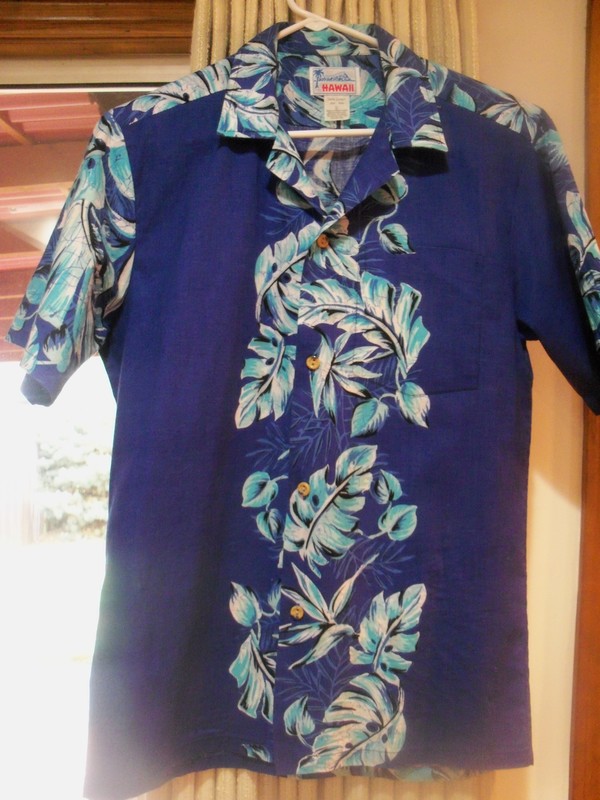
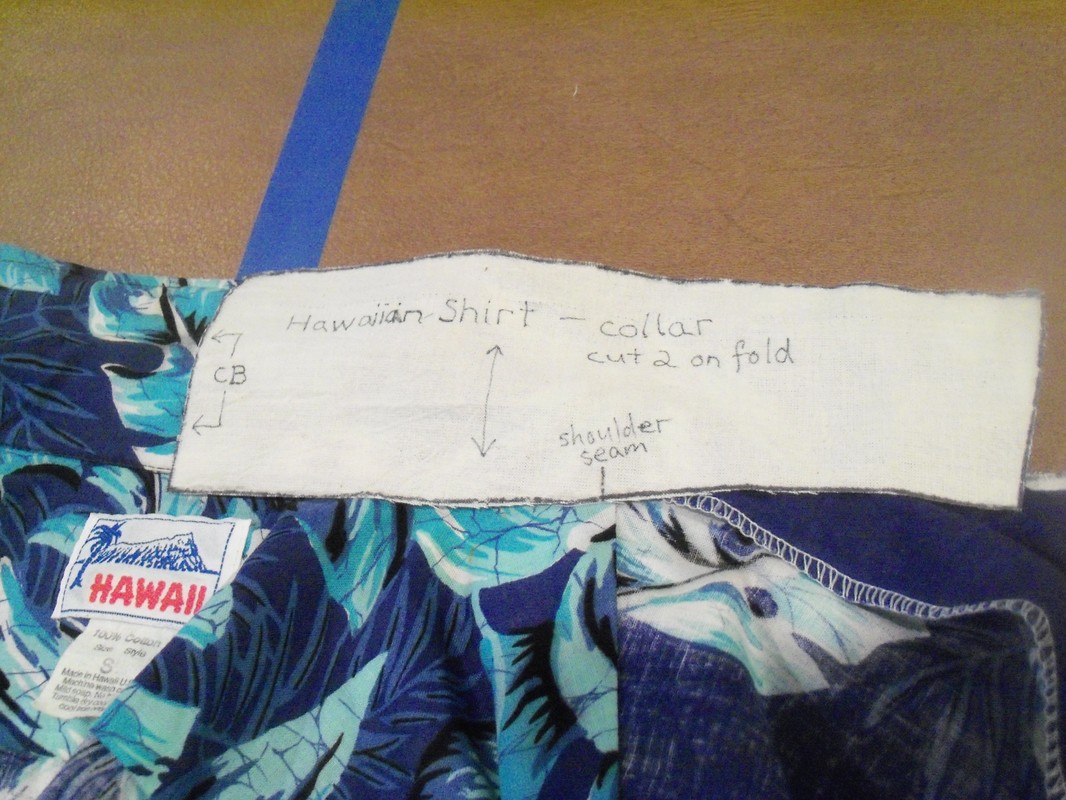
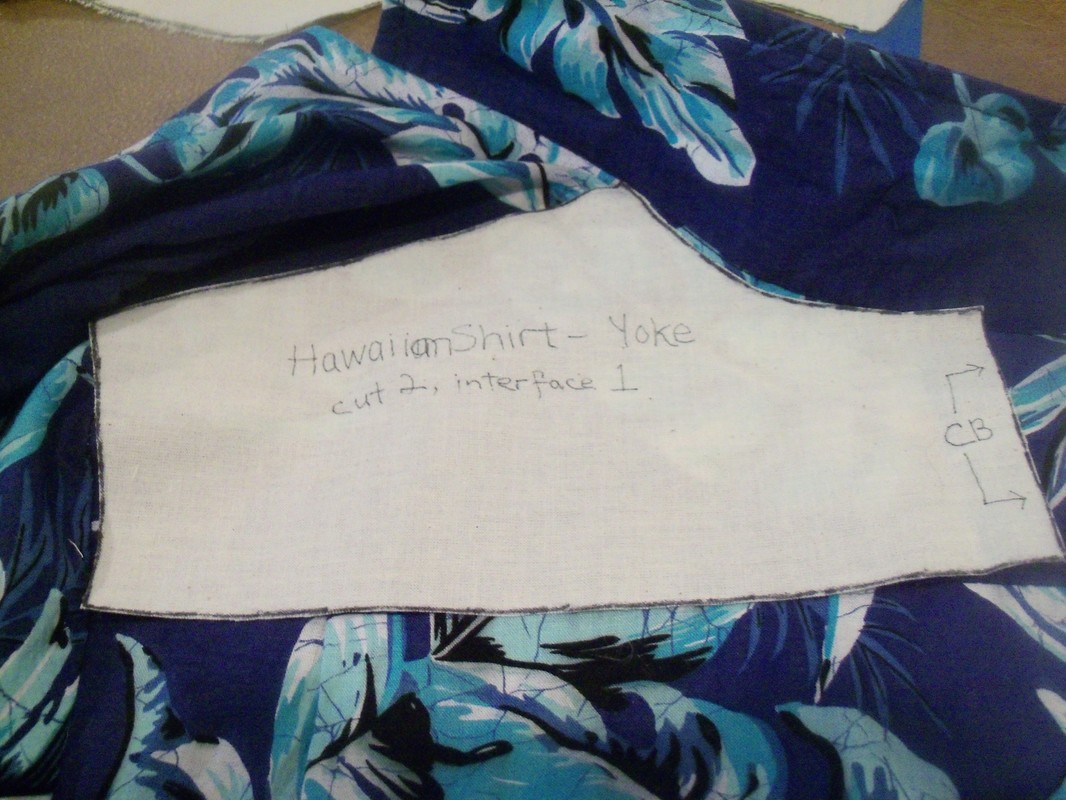
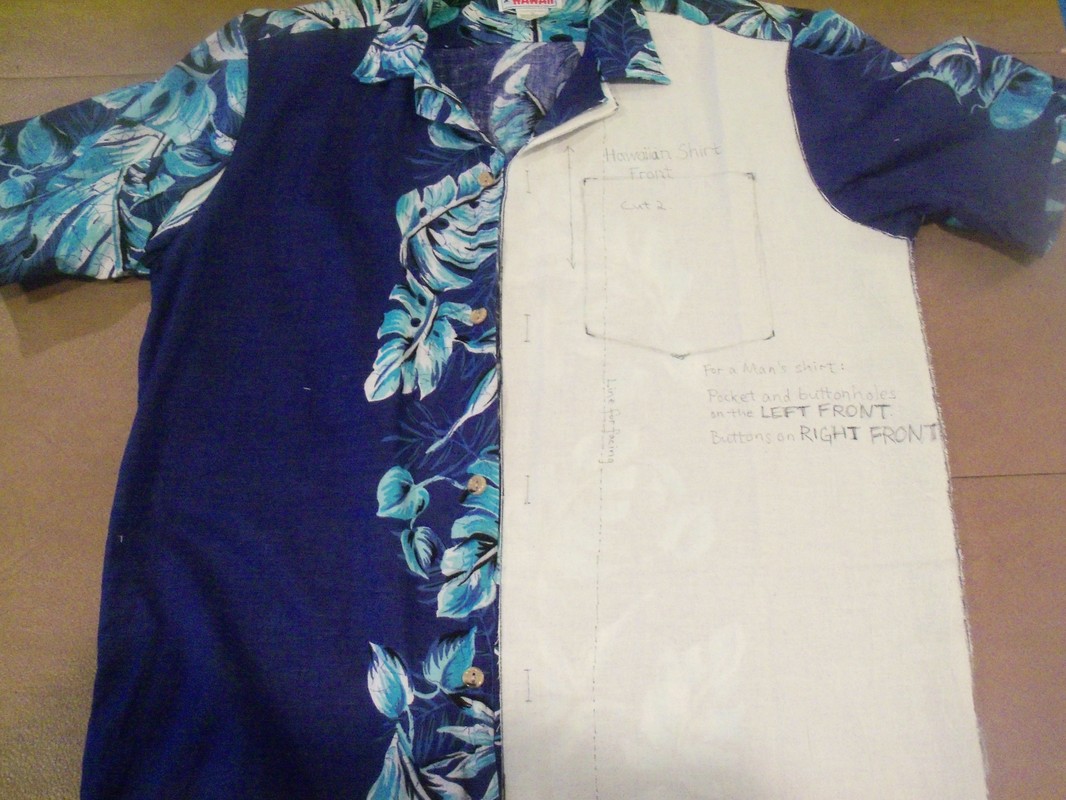
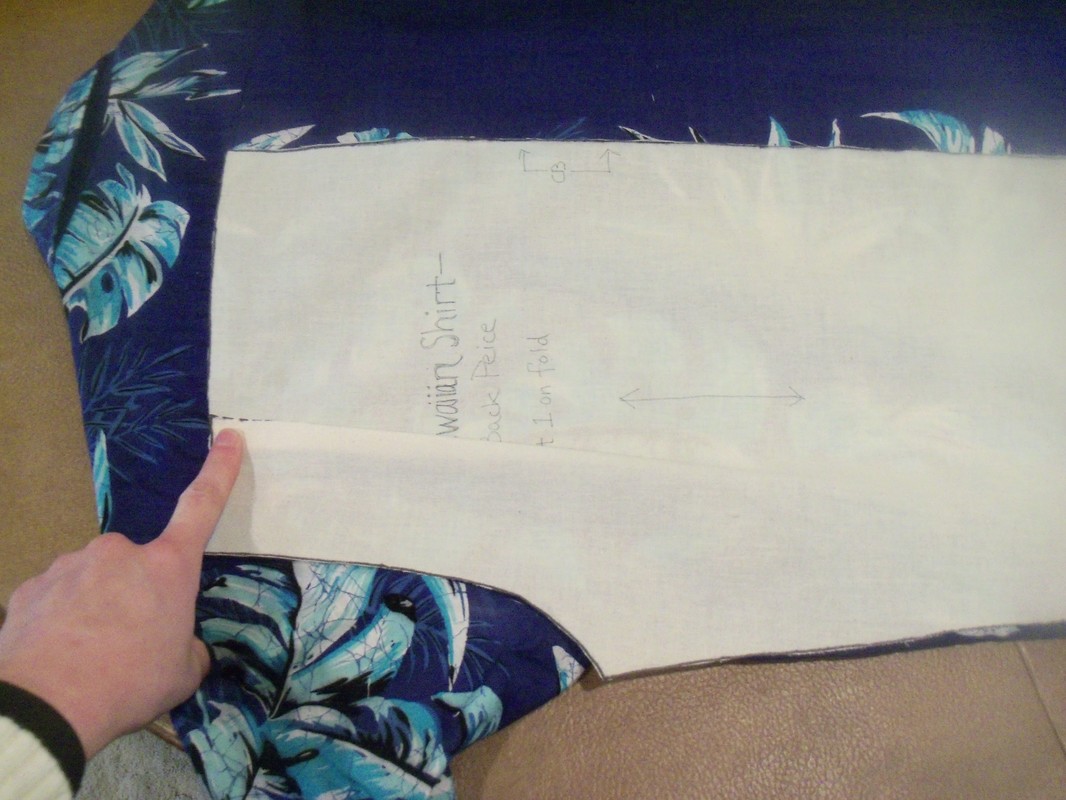
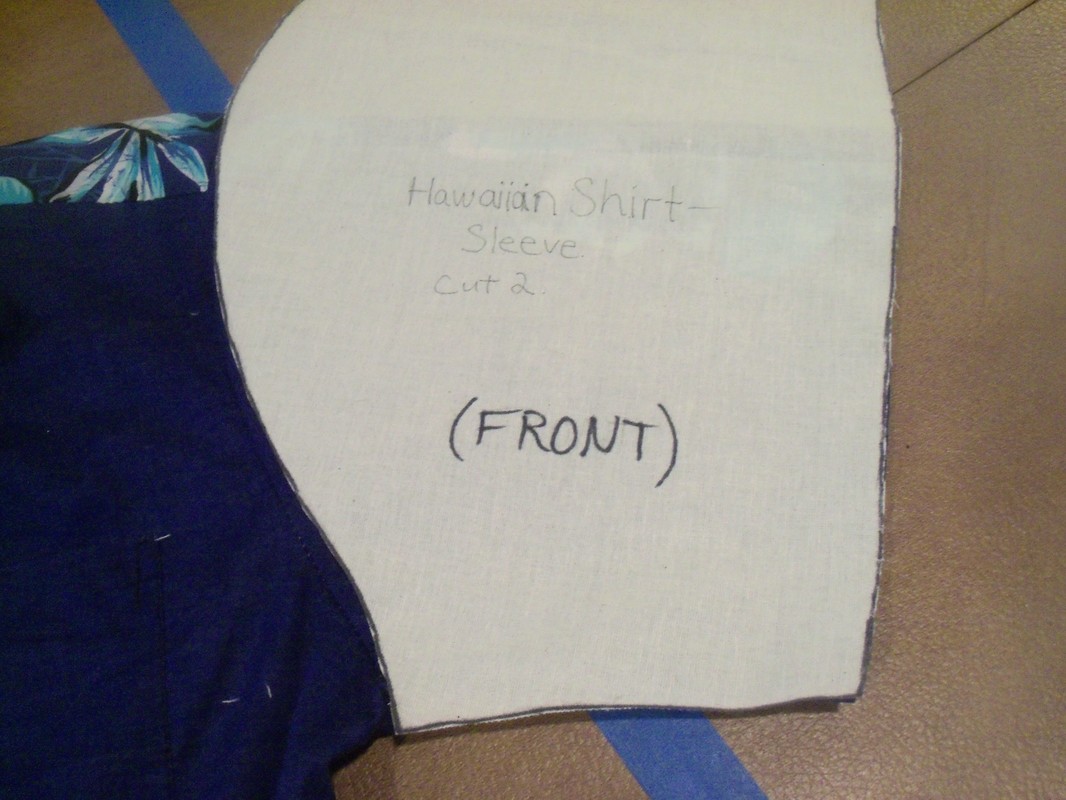
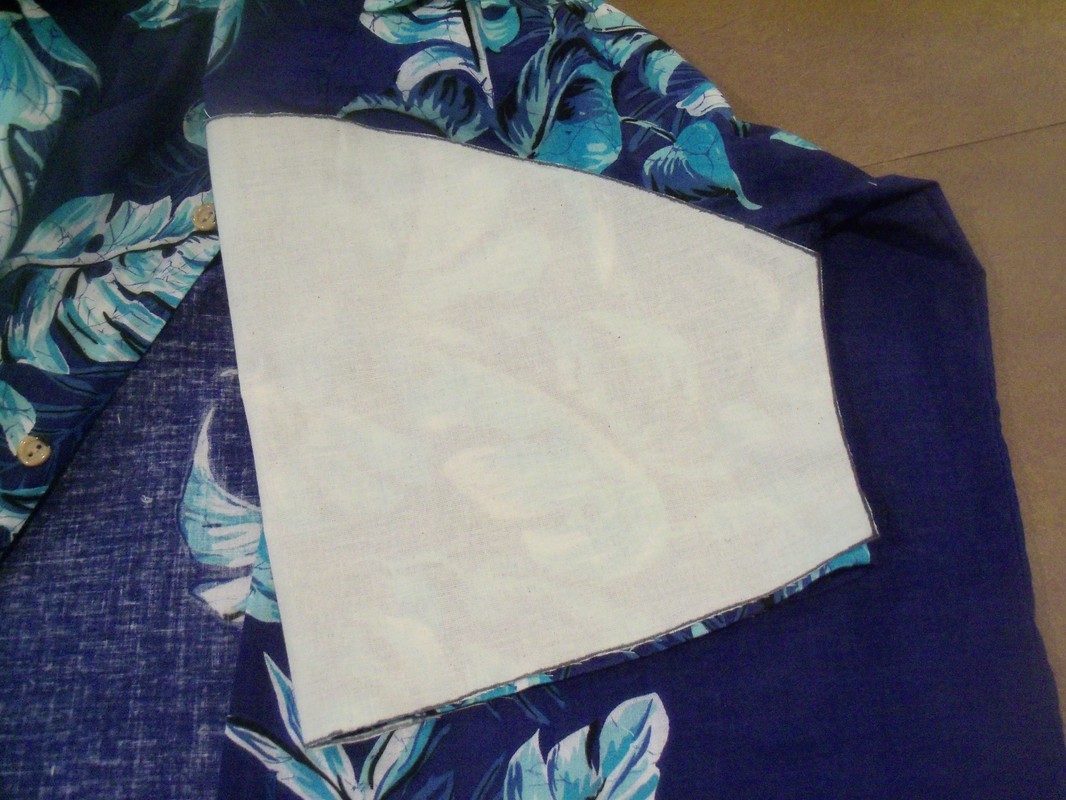
 RSS Feed
RSS Feed